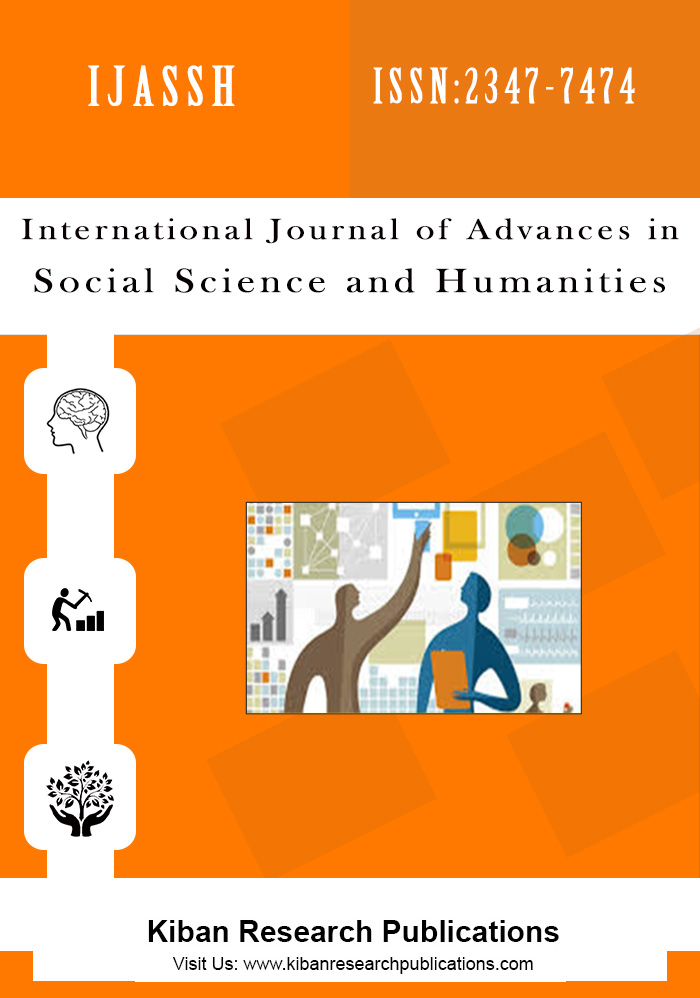Wage Inequality and Growth Economics in Algeria Analysis by CGEM
Abstract
This article is devoted to the case of Algeria, and is based on a computable general equilibrium model with four sectors model: agriculture, urban private sector (readable simplification industry), the commercial and public sector and the informal sector. The labor market is segmented between skilled and unskilled workers. Our model is a modified version model of AGENOR et al. [1]. This is based on empirical studies conducted by the World Bank and the International Labor Office, and has been designed to adapt to the peculiarities of countries Middle East – North Africa. However, in our article, the model of AGENOR et al. was modified in two main ways. The first change was to model endogenously the wages paid to unskilled industrial workers. The second change was to remove any function of elasticities CES-CET. The model thus created was the subject of various simulations. In particular, we applied the shocks on the level of exogenous wage (agricultural wage, minimum wage, wage of skilled industrial workers).Our results show that in Algeria, growth underpinned by the low level of wages. This is the case regardless of the sector concerned. Thus, the will to increase the lowest wages is potentially unfavourable to growth. Only the
will to increase the minimum wage can do exception.
Â
Keywords: Algeria, CGEM, Economic growth, Labor market.




